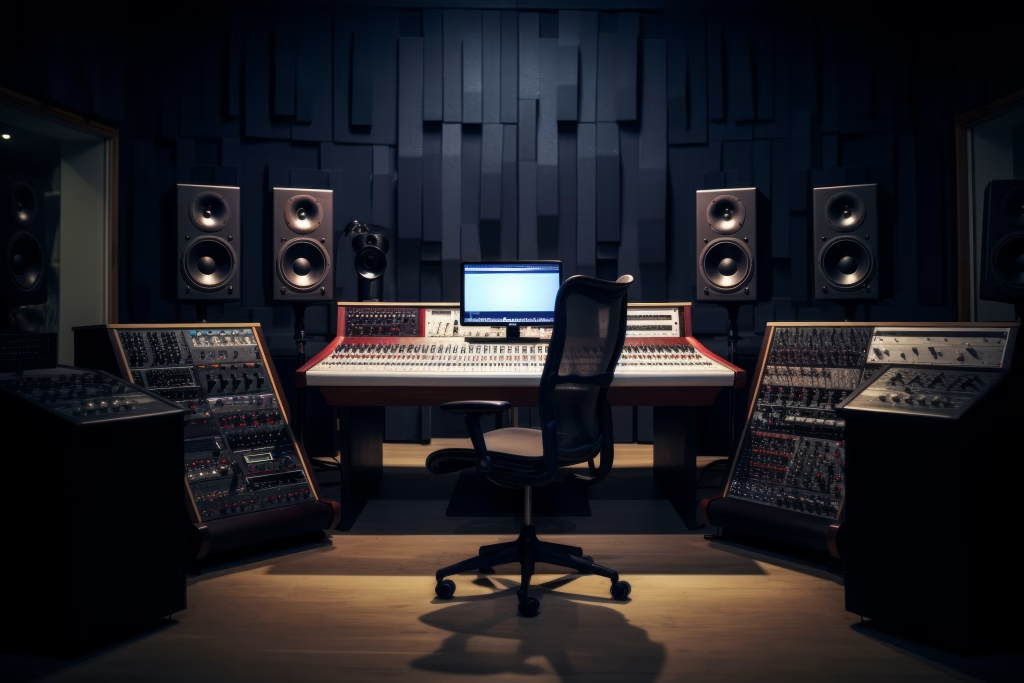Guides, Knowledge Base
The Unsung Hero of Home Recording: Why Acoustics Matter More Than You Think
So, you’ve finally set up your home studio. You’ve got a decent microphone, a powerful computer, and all the latest software. You’re ready to unleash your creative genius, right? Not so fast. There’s a crucial element that often gets overlooked, yet can make or break your recordings: acoustics
Many aspiring musicians and producers pour their resources into equipment, often neglecting the space in which they’re working. They might have the best gear in the world, but if their room’s acoustics are poor, their recordings will suffer. Think of it like trying to take a professional photograph with a high-end camera but using a dirty lens. The results just won’t be as good as they could be.
Why are acoustics so important?
The goal of a home studio is to capture and manipulate sound accurately. A room with poor acoustics introduces unwanted reflections, echoes, and frequency imbalances that distort the true sound of your recordings.1 This can lead to a number of problems:
- Inaccurate Monitoring: You might be making mixing decisions based on what you think you’re hearing, but the room is lying to you. This can result in mixes that sound muddy, harsh, or lack clarity when played back on other systems.
- Muddy Recordings: Uncontrolled reflections can create a “comb filtering” effect, where certain frequencies are amplified or canceled out, resulting in a cluttered and unclear recording.2
- Ear Fatigue: A room with poor acoustics can be fatiguing to listen to for extended periods. This can make long mixing sessions a real struggle and impact your creative flow.
- Professionalism: Ultimately, poor acoustics will make your recordings sound amateurish, regardless of the quality of your equipment or performance.
What can you do about it?
The good news is that you don’t need to spend a fortune to improve your home studio’s acoustics. Here are some key concepts and practical steps:
- Absorption: This involves using materials that absorb sound waves, reducing reflections and reverberation.3 Acoustic panels, bass traps (specifically designed for low frequencies), and even thick curtains or rugs can be effective.4
- Diffusion: Diffusion scatters sound waves, creating a more even and balanced sound field.5 Diffusers can be purchased or even built using strategically placed objects.6
- Bass Trapping: Low frequencies are notoriously difficult to control.7 Bass traps, placed in the corners of your room, are essential for taming these frequencies and ensuring accurate bass reproduction.8
Starting Simple:
You don’t have to treat your entire room at once. Start with the most critical areas, such as the points of reflection between your speakers and your listening position. Even a few strategically placed acoustic panels can make a significant difference.
The Investment in Your Sound:
Investing in acoustic treatment is an investment in your music. It’s a crucial step towards achieving professional-sounding recordings and mixes. While it might seem less glamorous than buying a new microphone or plugin, it’s arguably the most important factor in achieving a polished and professional sound in your home studio. Don’t let poor acoustics be the weakest link in your creative chain. Take the time to understand and address the acoustic challenges in your space, and you’ll be amazed at the improvement in your recordings.

